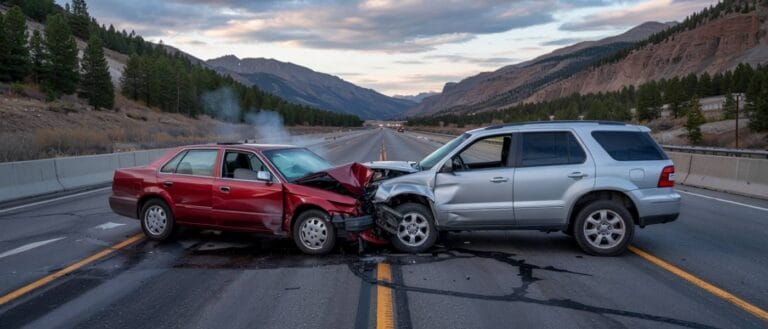The Personal Injury Claim Process in Arizona Explained: A Step-by-Step Guide
Key Takeaways
- Personal injury claims in Arizona often settle without a lawsuit
- Evidence like medical records is crucial for a strong claim
- Arizona has time limits for filing personal injury lawsuits
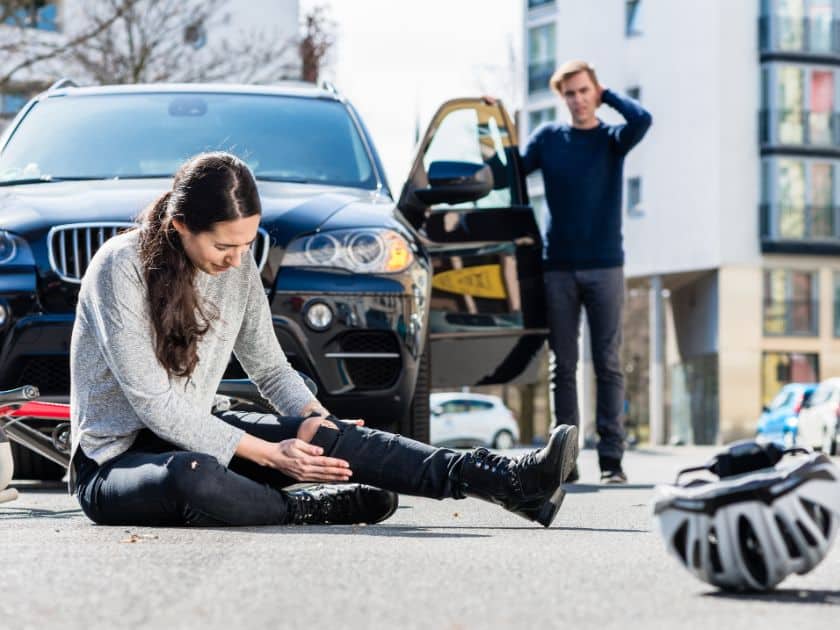
Getting hurt in an accident can be stressful. Knowing how to file a personal injury claim in Arizona can help you get money for your medical bills and lost wages. The personal injury claim process in Arizona involves contacting a lawyer, gathering evidence, and negotiating with insurance companies.
Many injury claims in Arizona settle without going to court. A lawyer can help deal with insurance companies and work to get fair compensation. If a settlement can’t be reached, the case may go to trial.
It’s important to act quickly after an injury. Arizona has time limits for filing personal injury lawsuits. Gathering evidence like medical records and witness statements early on can strengthen a claim.

Understanding Personal Injury Law in Arizona
Personal injury law in Arizona focuses on negligence and liability. The state follows a comparative negligence system that affects how damages are awarded in injury cases.
Basics of Negligence and Liability
Negligence is key in Arizona personal injury cases. It happens when someone fails to act with reasonable care, causing harm to another person. To prove negligence, four elements must be shown:
- Duty of care
- Breach of duty
- Causation
- Damages
Liability means being legally responsible for the harm caused. In Arizona, liable parties may have to pay for medical bills, lost wages, and pain and suffering.
Courts look at evidence to decide if someone was negligent. This can include police reports, witness statements, and expert testimony. The injured person must prove the other party’s negligence caused their injuries.
Comparative Negligence in Arizona
Arizona uses a pure comparative negligence rule. This means injured parties can recover damages even if they were partly at fault. The amount they receive is reduced by their percentage of fault.
For example, if a person is found 30% responsible for an accident, they can still get 70% of the awarded damages. This applies even if they are more than 50% at fault.
The pure comparative negligence system aims to be fair. It recognizes that accidents often involve multiple factors. Juries or insurance adjusters determine fault percentages based on the evidence presented.
This rule affects settlement negotiations and court decisions. It’s important for injured parties to understand how their actions might impact their claim.
The Statute of Limitations
In Arizona, the statute of limitations for personal injury cases is two years. This means you have two years from the date of your injury to file a lawsuit.
The clock starts ticking on the day of the accident or when you first discover your injury. It’s important to act quickly to protect your legal rights.
There are a few exceptions to this rule:
- Minors: The clock starts on their 18th birthday
- Government claims: You must file within 180 days
- Medical malpractice: Two years from discovery, but no more than six years total
Missing the deadline can be serious. If you file after the two-year mark, the court will likely dismiss your case. This means you lose your right to seek compensation.
It’s best to start your personal injury claim as soon as possible. This gives your lawyer time to build a strong case. They can gather evidence, talk to witnesses, and negotiate with insurance companies.
Remember, filing a claim with an insurance company doesn’t stop the clock. Only filing a lawsuit in court pauses the statute of limitations.

Steps to Initiating a Personal Injury Claim
Starting a personal injury claim in Arizona involves key steps. These include getting medical care, talking to a lawyer, and filing the claim properly.
Seeking Medical Attention and Documentation
Getting medical help right away is crucial after an injury. It protects health and creates a record of injuries. Doctors’ notes, test results, and bills are important proof.
Victims should keep a journal of symptoms and recovery. They should also take photos of injuries and the accident scene. All this info helps show the impact of the injury.
Keeping track of work missed and other costs is important too. This helps figure out how much money to ask for in the claim.
Consulting with a Personal Injury Attorney
Talking to a lawyer is a smart move for injury victims. Personal injury attorneys know the laws and can guide the process.
A lawyer can look at the case details and say if it’s worth pursuing. They can explain legal rights and options to the victim.
Attorneys help gather evidence and talk to insurance companies. They can also figure out how much money to ask for in the claim.
Many lawyers offer free first meetings. This lets victims get advice without spending money upfront.
Filing the Claim
Filing the claim is the next big step. The lawyer usually does this for the victim. They send a demand letter to the at-fault party’s insurance company.
This letter explains what happened and asks for money. It includes details about injuries, costs, and why the other party is responsible.
If the insurance company won’t pay enough, the lawyer might file a lawsuit. This starts the court process. There are time limits for filing, called statutes of limitations.
The lawyer makes sure to file all papers correctly and on time. This protects the victim’s right to seek money for their injuries.
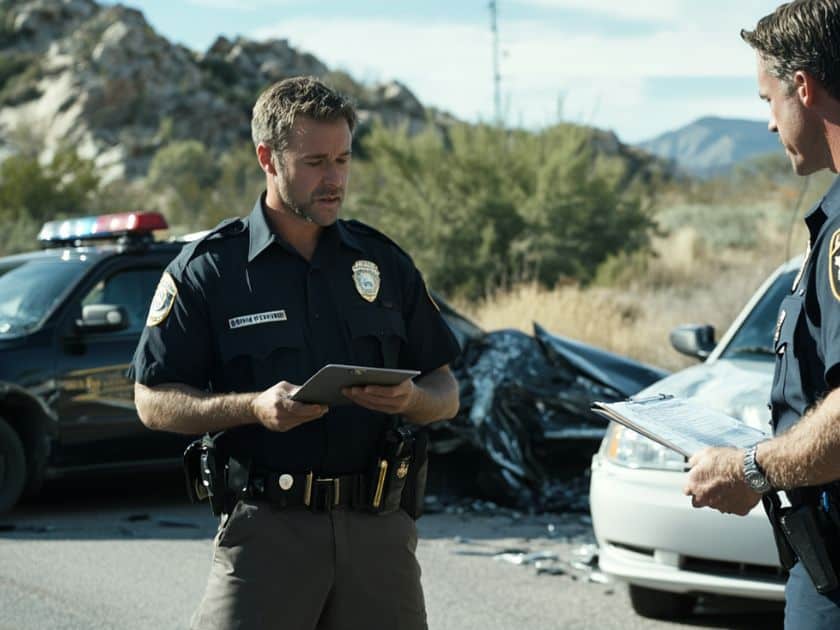
The Importance of Evidence in Your Claim
Strong evidence forms the backbone of a successful personal injury case in Arizona. It proves negligence and shows the extent of damages suffered. Gathering the right evidence can make or break your claim.
Gathering Medical Records
Medical records play a key role in personal injury cases. They document injuries and link them to the accident. Get copies of all medical reports, bills, and treatment plans.
Ask your doctors for detailed notes about your injuries. These should explain how they affect your daily life. Include records from all healthcare providers you’ve seen.
Photos of visible injuries can strengthen your case. Take pictures over time to show the healing process. Keep a daily journal to track pain levels and limitations.
Don’t forget about mental health records if you’ve suffered emotional trauma. These can support claims for pain and suffering damages.
Developing Evidence of Liability and Damages
Proving negligence requires solid evidence. Collect police reports, witness statements, and photos from the accident scene. These help show how the other party caused your injuries.
Video footage can be powerful evidence. Look for security cameras in the area that may have caught the incident. Dashcam videos from nearby cars can also be useful.
Keep all receipts related to your injury. This includes costs for medications, medical equipment, and home modifications. They help prove your financial damages.
Expert testimony can strengthen your case. Accident reconstruction experts can explain how the incident occurred. Medical experts can testify about your injuries and future care needs.

Financial Aspects of Personal Injury Claims
Personal injury claims involve seeking money for injuries and losses. The amount depends on the harm suffered and its impact on the victim’s life.
Calculating Damages
Damages in personal injury cases can be complex to figure out. They include medical expenses, lost wages, and pain and suffering. Medical costs cover doctor visits, hospital stays, and future treatments. Lost wages account for missed work and reduced earning ability.
Pain and suffering is harder to measure. It includes physical pain and emotional distress. Lawyers use different methods to calculate these damages. One common way is the multiplier method. This takes economic damages and multiplies them by a number from 1.5 to 5.
Understanding Economic and Non-Economic Damages
Economic damages are easy to add up. They include:
- Medical bills
- Lost income
- Property damage
Non-economic damages are trickier. These cover:
- Pain and suffering
- Loss of enjoyment of life
- Emotional distress
Courts in Arizona use a tier system for damages. This helps decide how much a case is worth. The tiers are based on the total amount of damages claimed. Higher tiers allow for more compensation but have stricter rules.
Dealing with Insurance Companies
Interacting with insurance companies is a crucial part of the personal injury claim process in Arizona. Claimants often face challenges when seeking fair compensation. Insurance companies may use various tactics to minimize payouts.
The Initial Settlement Offer
Insurance companies typically make a low initial settlement offer soon after a claim is filed. This offer is often much less than the claim’s actual value. Claimants should not accept the first offer without careful consideration.
It’s important to review all medical bills and records before responding. Injured parties should also factor in future medical costs and lost wages. An experienced attorney can help assess if the offer is fair.
Insurance adjusters may pressure claimants to accept quickly. They might claim it’s the best offer available. Claimants should take time to evaluate the offer thoroughly.
Negotiation Tactics and Counteroffers
Negotiating with insurance companies requires skill and patience. Claimants or their attorneys should prepare a strong counteroffer backed by evidence. This includes medical records, expert opinions, and proof of damages.
Effective negotiation involves:
- Clearly stating the claim’s full value
- Providing detailed documentation
- Addressing all points raised by the insurer
- Remaining firm but professional
Insurance companies may use delay tactics or dispute liability. An experienced attorney can help navigate these challenges. They can push for a fair settlement through persistent negotiation.
If negotiations stall, filing a lawsuit may be necessary. This can often motivate insurers to make a better offer. The threat of court action can be a powerful negotiation tool.
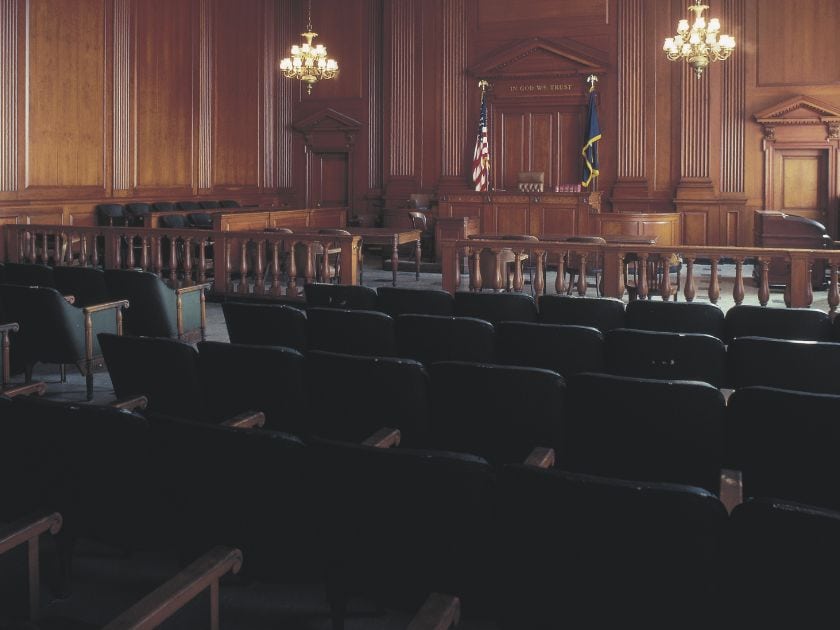
Legal Procedures in Personal Injury Lawsuit
Personal injury lawsuits in Arizona follow specific legal steps. These steps help gather evidence, explore settlement options, and prepare for a potential trial.
The Discovery Process
The discovery process allows both sides to gather information. Each party can request documents, ask written questions, and conduct interviews. Lawyers may ask for medical records and accident reports. They might also talk to witnesses.
Depositions are a key part of discovery. In a deposition, lawyers ask questions under oath. This helps them learn what people will say in court. It can also reveal new facts about the case.
Discovery can take months. The length depends on the case’s complexity. During this time, lawyers build their arguments and assess the strength of their case.
Pre-Trial Motions and Mediation
Before trial, lawyers file motions with the court. These motions can affect how the case proceeds. Some common motions include:
- Motion to dismiss
- Motion for summary judgment
- Motion to exclude evidence
Mediation is often part of the process. A neutral third party helps both sides talk. The goal is to reach a settlement without going to trial. Mediation can save time and money.
If mediation fails, the case moves closer to trial. Lawyers prepare their arguments and evidence. They also get ready to select a jury.
Going to Trial
If a case goes to trial, both sides present their case to a judge or jury. The steps in a trial include:
- Jury selection
- Opening statements
- Witness testimony
- Cross-examination
- Closing arguments
The trial process can be lengthy. Each side calls witnesses and shows evidence. Experts might testify about injuries or accident details.
After closing arguments, the jury deliberates. They decide if the defendant is at fault. If so, they also decide how much money to award the plaintiff. The judge then issues a final judgment based on the jury’s decision.
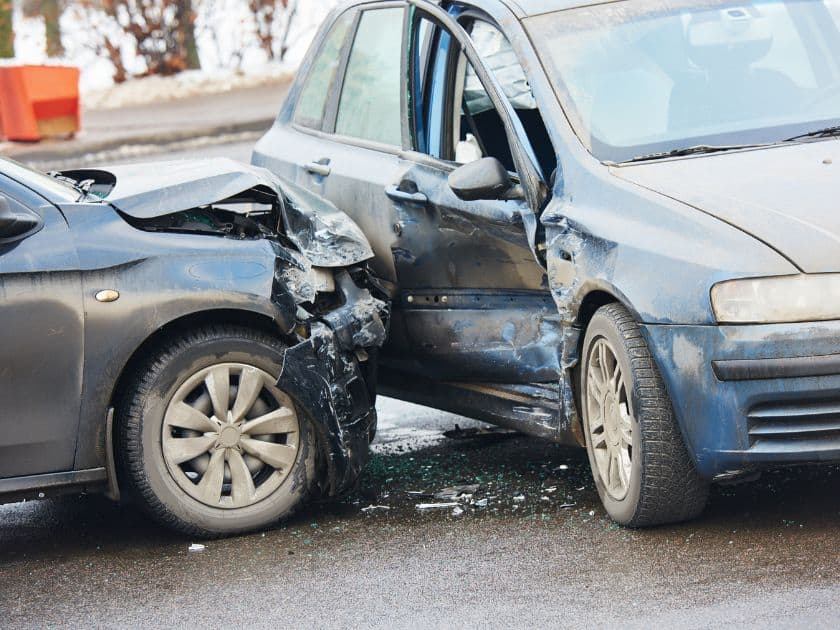
Types of Personal Injuries Covered Under Arizona Law
Arizona law covers many types of personal injuries. These include harm from car crashes, falls on unsafe property, fatal accidents, and big truck collisions. Each type has its own legal rules and challenges.
Auto Accidents and Traffic-Related Injuries
Car accidents are common in Arizona. They can cause serious injuries like whiplash, broken bones, and head trauma.
Cyclists and pedestrians hit by cars may also file claims. These cases often involve more severe injuries.
Motorcycle crashes fall under this category too. Riders face higher risks of serious harm due to less protection.
Hit-and-run incidents pose extra challenges. Victims may need to use their own insurance if the driver isn’t found.
Slip and Fall Accidents
These happen when someone falls on another’s property. Common causes include:
- Wet floors
- Uneven surfaces
- Poor lighting
- Loose railings
Property owners must keep their spaces safe. If they don’t, they might be liable for injuries.
Stores, restaurants, and public buildings are common slip and fall sites. Even private homes can be involved if a visitor gets hurt.
Proving fault in these cases can be tricky. It often depends on whether the owner knew about the danger.
Wrongful Death
Wrongful death claims arise when someone dies due to another’s negligence. Family members can seek compensation for:
- Lost income
- Funeral costs
- Emotional distress
These cases can stem from various incidents like:
- Fatal car crashes
- Medical errors
- Workplace accidents
Arizona law sets specific rules for who can file and what damages they can claim.
The emotional toll of these cases is often high. Legal teams must handle them with extra care.
Truck Accidents
Truck accidents can cause severe damage due to the vehicles’ size. Injuries are often more serious than in car crashes.
Multiple parties may be liable:
- The truck driver
- The trucking company
- Cargo loaders
- Truck manufacturers
Complex regulations govern the trucking industry. This can make these cases more complicated.
Evidence like driver logs and truck data recorders play key roles. Quick action is crucial to preserve this info.
Settlements in truck accident cases are often larger due to the severity of injuries and the companies involved.
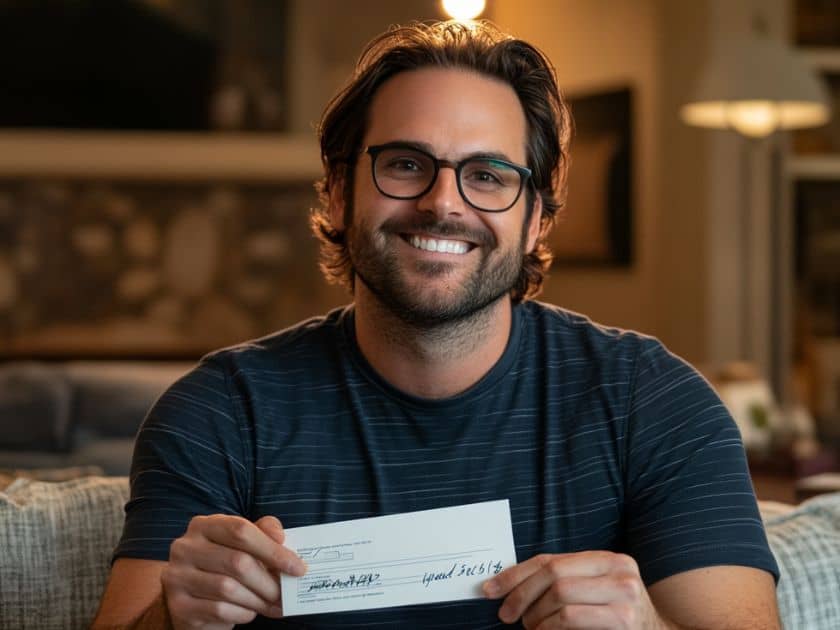
Things to keep in mind for your personal injury claim
Filing a personal injury claim in Arizona takes time and effort. Injured people need to follow several steps carefully.
The personal injury claim process starts with getting medical care. Next, gather evidence about the accident and injuries.
An experienced attorney can guide victims through the complex legal steps. They help prepare a strong case.
The lawyer will create a demand package with details about the claim. This includes a demand letter asking for compensation.
Negotiations often follow. If needed, the case may go to court. Arizona’s laws affect how claims are handled.
Victims should act quickly. There are time limits for filing claims in Arizona. Getting legal help early improves the chances of a fair outcome.


